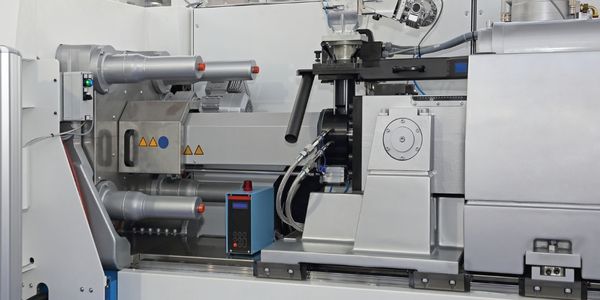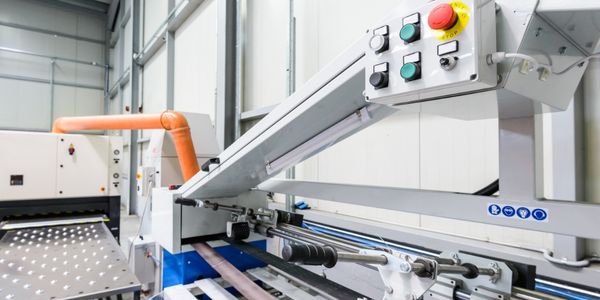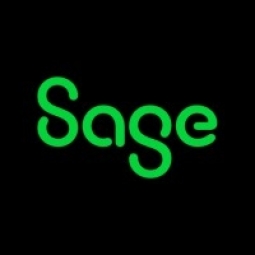Customer Company Size
Large Corporate
Region
- America
Country
- Canada
Product
- Sage 500 ERP
- O2 Process Manufacturing
- PlanetTogether APS
- O2 Mobile Warehouse
Tech Stack
- ERP
- Process Manufacturing Software
- Advanced Planning and Scheduling Tools
- Mobile Warehouse Management
Implementation Scale
- Enterprise-wide Deployment
Impact Metrics
- Cost Savings
- Productivity Improvements
- Waste Reduction
Technology Category
- Functional Applications - Enterprise Resource Planning Systems (ERP)
- Functional Applications - Manufacturing Execution Systems (MES)
- Functional Applications - Warehouse Management Systems (WMS)
Applicable Functions
- Discrete Manufacturing
- Warehouse & Inventory Management
- Procurement
Use Cases
- Manufacturing System Automation
- Inventory Management
- Predictive Waste Reduction
Services
- System Integration
About The Customer
Haremar Plastic Manufacturing Limited is a leading Canadian manufacturer of polyethylene products for the North American consumer and industrial markets. The company and its customer product packaging subsidiary, El-En Packaging Co. Ltd, manufactures and distributes polyethylene films for a wide range of uses—from freezer-grade films to films for bread wrappers and cereal bags to courier pouches to the shrink film on the case of soda you buy from the superstore. The company’s growth and success are based in simple, yet disciplined principals: Start with the best raw materials and utilize the latest technologies and equipment to deliver the highest quality products to customers. The company's manufacturing operations run around the clock, 355 days a year.
The Challenge
Haremar Plastic Manufacturing Limited, a leading Canadian manufacturer of polyethylene products, was facing a continuity gap due to the use of two separate software systems to manage its accounting and manufacturing tasks. This disconnect was stifling the company’s growth as the software was not able to keep up with the speed of the business. The lack of transparency and free flow of information led to a lack of insight into operations and direction for decision making. The company was also facing issues with inventory inaccuracies which often consumed up to 15 percent of the company’s raw material costs. The purchasing decisions were based on inaccurate data and often resulted in waste.
The Solution
Haremar Plastic Manufacturing Limited decided to implement Sage 500 ERP, a comprehensive end-to-end business management solution, to help drive its profitable operations. The company evaluated more than 20 available ERP solutions before deciding on Sage 500 ERP. The availability of highly regarded and tightly integrated process manufacturing and scheduling components for Sage 500 ERP factored significantly in the selection process. The company also implemented O2 Process Manufacturing and PlanetTogether APS to handle all of their needs. The entire inventory of the company is now barcoded, and warehouse staff is equipped with handheld, wireless data collection devices. This makes it easy to track product movement and lot numbers throughout the process.
Operational Impact
Quantitative Benefit

Case Study missing?
Start adding your own!
Register with your work email and create a new case study profile for your business.
Related Case Studies.

Case Study
Plastic Spoons Case study: Injection Moulding
In order to meet customer expectations by supplying a wide variety of packaging units, from 36 to 1000 spoons per package, a new production and packaging line needed to be built. DeSter wanted to achieve higher production capacity, lower cycle time and a high degree of operator friendliness with this new production line.

Case Study
Robot Saves Money and Time for US Custom Molding Company
Injection Technology (Itech) is a custom molder for a variety of clients that require precision plastic parts for such products as electric meter covers, dental appliance cases and spools. With 95 employees operating 23 molding machines in a 30,000 square foot plant, Itech wanted to reduce man hours and increase efficiency.

Case Study
Hospital Inventory Management
The hospital supply chain team is responsible for ensuring that the right medical supplies are readily available to clinicians when and where needed, and to do so in the most efficient manner possible. However, many of the systems and processes in use at the cancer center for supply chain management were not best suited to support these goals. Barcoding technology, a commonly used method for inventory management of medical supplies, is labor intensive, time consuming, does not provide real-time visibility into inventory levels and can be prone to error. Consequently, the lack of accurate and real-time visibility into inventory levels across multiple supply rooms in multiple hospital facilities creates additional inefficiency in the system causing over-ordering, hoarding, and wasted supplies. Other sources of waste and cost were also identified as candidates for improvement. Existing systems and processes did not provide adequate security for high-cost inventory within the hospital, which was another driver of cost. A lack of visibility into expiration dates for supplies resulted in supplies being wasted due to past expiry dates. Storage of supplies was also a key consideration given the location of the cancer center’s facilities in a dense urban setting, where space is always at a premium. In order to address the challenges outlined above, the hospital sought a solution that would provide real-time inventory information with high levels of accuracy, reduce the level of manual effort required and enable data driven decision making to ensure that the right supplies were readily available to clinicians in the right location at the right time.

Case Study
Fully Automated Visual Inspection System
Tofflon has developed a fully automatic machine that uses light to inspect vials, medicine bottles, or infusion containers for glass fragments, aluminum particles, rubber grains, hairs, fibers, or other contaminants. It also detects damaged containers with cracks or inclusions (microscopic imperfections), automatically removing faulty or contaminated products. In order to cover all production processes for freeze-dried pharmaceuticals, Tofflon needed to create an open, consistent, and module-based automation concept.

Case Study
SAP Leonardo Enabling Rocket Science
At times, ULA has as many as 15 different operating systems dedicated to overlapping processes, such as rocket design, testing, and launch. Multiple systems created unnecessary costs and unwanted confusion among workers at offices, factories, and launch sites in different location. In order to improve collaboration and transparency during vital activities that directly influence mission success, ULA wanted to improve data sharing and streamline manufacturing processes.








